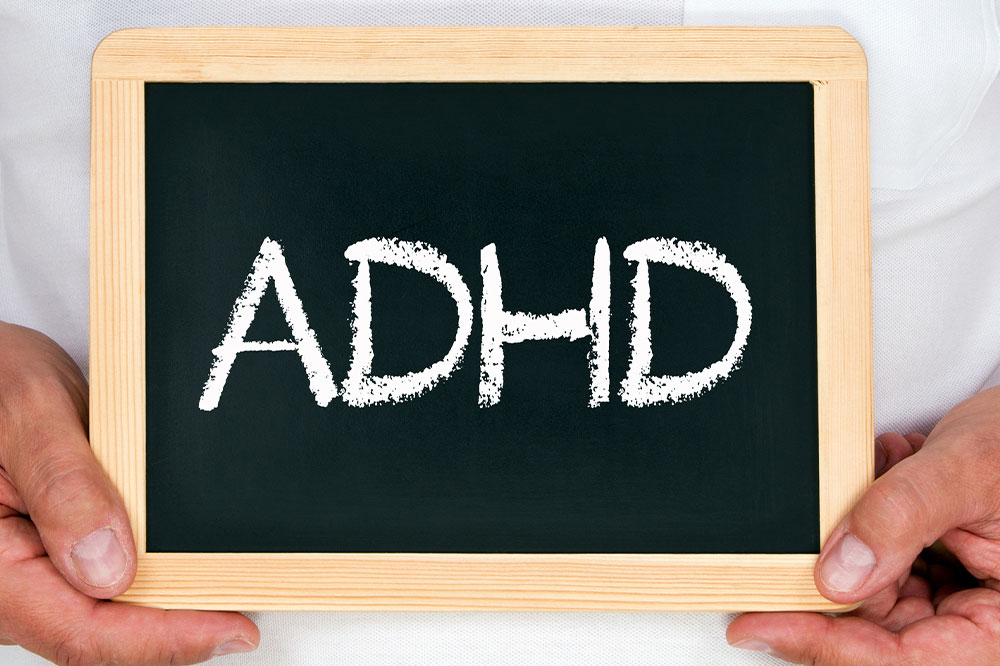Comprehensive Guide to Identifying Anxiety Symptoms and Effective Management Strategies
This comprehensive guide explores the symptoms of anxiety, distinguishing it from temporary nervousness, and offers practical, effective strategies for managing anxiety attacks. Learn how recognizing signs early and employing calming techniques can significantly improve mental health and daily functioning. The article emphasizes the importance of professional assistance for persistent anxiety, providing insights into both immediate relief methods and long-term treatment options. An essential resource for anyone seeking to understand or cope with anxiety more effectively.

Understanding Anxiety Symptoms and Practical Strategies for Effective Management
Anxiety is a widespread mental health condition that often gets misunderstood as mere feelings of nervousness or temporary agitation. While many individuals experience occasional nervousness before a big event, such as an exam, a presentation, or a job interview, true anxiety is a more complex psychological disorder that affects daily life and can impede normal functioning. Recognizing the difference between transient emotions and clinical anxiety is crucial for seeking appropriate help and implementing effective coping strategies.
From a physiological standpoint, anxiety triggers specific responses in the body, primarily activating the sympathetic nervous system, often referred to as the 'fight or flight' response. This innate reaction is designed to prepare individuals to face danger or escape threats, but in cases of anxiety disorders, this response becomes dysregulated, leading to persistent or intense episodes of distress. Early signs of anxiety can manifest as increased heart rate, rapid or shallow breathing, excessive sweating, trembling, or physical feelings of weakness or nausea. These symptoms can appear suddenly and persist for varying periods, typically lasting from a few seconds to over half an hour, sometimes catching individuals off guard.
Recognizing these signs early is vital for managing anxiety effectively. Anxious episodes or attacks can be characterized by a surge of overwhelming fear or panic, often accompanied by the feeling of impending doom or a sense of losing control. Physical symptoms such as hyperventilation, chest tightness, dizziness, numbness or tingling sensations in the extremities, hot flashes, or chills may also occur. Many individuals experience a dissociative feeling or detachment from reality during these episodes, which can be frightening. A common concern during anxiety attacks is a fear of death or losing oneself, which amplifies the sense of distress.
Fortunately, these episodes tend to be temporary, typically resolving within minutes. Implementing grounding or calming techniques can significantly help in reducing the intensity and duration of anxiety attacks. Simple methods include focusing on breathing patterns—taking slow, deep breaths, or engaging in controlled exhalations. Physical actions such as stretching, sipping cold water, or placing attention on the body's peripheral vision can also help redirect focus and calm the nervous system. Developing awareness of early warning signs and employing these techniques can assist individuals in gaining control over their anxiety symptoms and preventing escalation. Additionally, long-term strategies such as cognitive-behavioral therapy (CBT), mindfulness meditation, regular physical activity, and lifestyle modifications are proven to effectively manage chronic anxiety and improve quality of life. Consulting healthcare professionals is recommended for persistent or severe symptoms to explore appropriate treatment plans, including therapy and, in some cases, medication.





